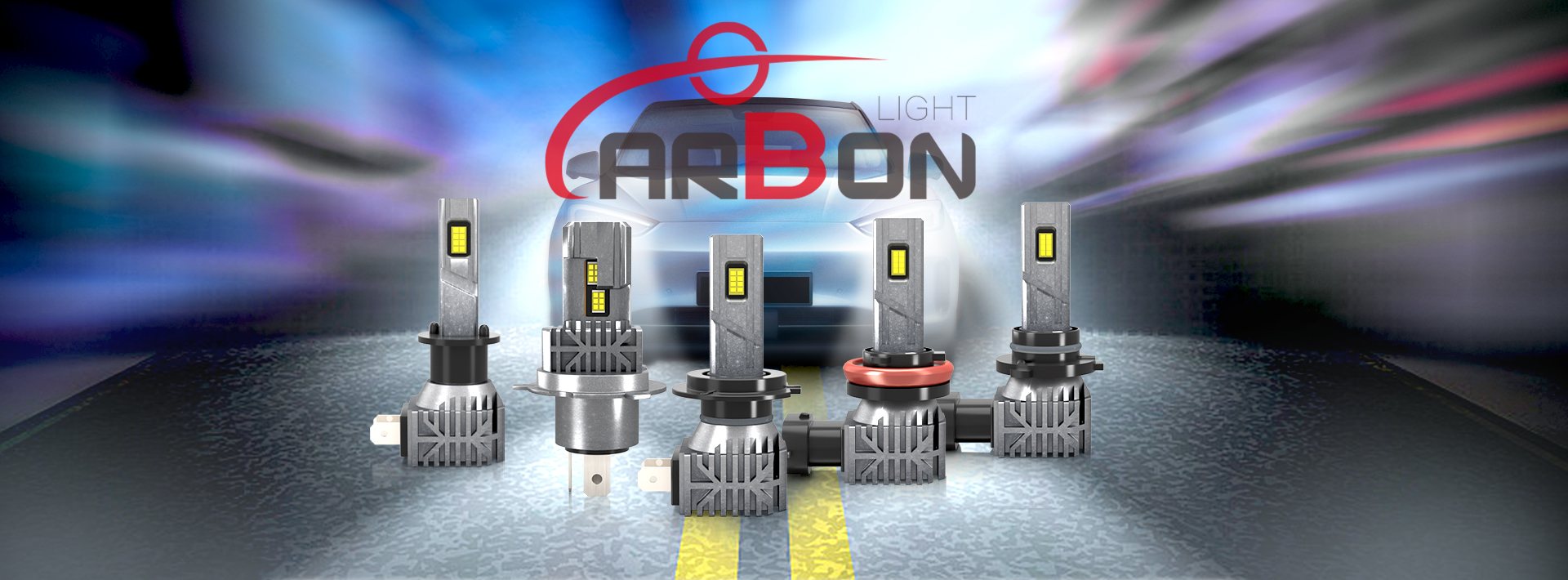Email format error
Email cannot be empty
Email already exists
6-20 characters(letters plus numbers only)
The password is inconsistent
Email format error
Email cannot be empty
Email does not exist
6-20 characters(letters plus numbers only)
The password is inconsistent


LED Tail Lights Design and Application and Intelligent Automotive Lighting Systems
I. Introduction
LED tail lights hold a crucial position in modern automotive design, enhancing both vehicle aesthetics and safety. As the automotive industry continues to evolve, intelligent automotive lighting systems are also becoming a focal point, improving driving experience and safety through automatic brightness and direction adjustments. This article will delve into the design and application of LED tail lights, their impact on aesthetics and safety, and how intelligent lighting systems are transforming the driving experience.
II. LED Tail Lights Design and Application
A. The Evolution of Tail Light Design
The design of tail lights has evolved significantly, transitioning from traditional bulbs to LED technology. This shift brings numerous advantages. Firstly, LED tail lights are much more energy-efficient than traditional bulbs, reducing the load on the vehicle's battery. Additionally, LEDs have a longer lifespan, are less prone to damage, and lower maintenance costs. Finally, LEDs provide higher brightness and visibility, offering clearer signals and faster response times, thus enhancing driving safety.
B. Aesthetic Impact of LED Tail Lights
LED tail lights are not only superior in functionality but also in aesthetics. They offer various customization options such as color variations and design flexibility, allowing automakers to create more attractive and unique tail lights. Modern vehicles often feature more streamlined LED tail light designs that perfectly integrate with the vehicle's body lines, enhancing the overall look. For example, some high-end models use full LED tail lights, providing exceptional visibility at night and adding a touch of luxury and modernity to the vehicle.
C. Safety Benefits of LED Tail Lights
The safety advantages of LED tail lights are evident. Firstly, their higher brightness ensures better visibility under various driving conditions. This is particularly beneficial at night or in adverse weather conditions, where LED tail lights effectively increase the recognition of the vehicle by other drivers, reducing the likelihood of rear-end collisions. Additionally, LED tail lights have a faster response time than traditional bulbs; when the driver applies the brakes, the LED tail lights light up immediately, giving the drivers behind more reaction time, thereby enhancing road safety.
D. Case Studies
Many modern vehicles have successfully adopted innovative LED tail light designs. For instance, the Audi A8 and Tesla Model S feature full LED tail lights, which not only enhance the vehicle's aesthetics but also significantly improve nighttime driving safety. Automotive designers and users highly praise these LED tail light designs, noting their achievements in both aesthetics and functionality.

III. Intelligent Automotive Lighting Systems
A. Introduction to Smart Lighting Systems
Smart lighting systems are an essential component of modern automotive technology, comprising sensors and control units. These systems enable the vehicle to automatically adjust the light brightness based on ambient light conditions, providing optimal illumination. The main benefits of smart lighting systems are enhanced driving safety and comfort, ensuring drivers have a clear view in all environments.
B. Automatic Brightness Adjustment
Automatic brightness adjustment is a key feature of smart lighting systems. Adaptive lighting technology allows the vehicle to adjust light brightness based on surrounding light conditions. For example, when the vehicle enters a tunnel or drives at night, the smart lighting system will automatically increase the light brightness, while it will dim the lights when there are oncoming vehicles to avoid dazzling other drivers. This technology has shown significant real-world application effects, improving driving safety under low-light conditions.
C. Directional Lighting and Its Advantages
Another important feature of smart lighting systems is directional lighting, also known as Adaptive Front-lighting System (AFS). This system can adjust the light's direction according to the vehicle's steering, such as illuminating the direction of the turn or curve. This is particularly beneficial for nighttime driving, significantly improving the driver's reaction time and safety.
D. Integration with Other Vehicle Systems
Smart lighting systems are often connected with other vehicle systems, such as driver assistance systems, cameras, and sensors. This integration allows the lighting system to respond to real-time driving situations, such as automatically adjusting the light direction and brightness when detecting pedestrians or obstacles. Additionally, smart lighting systems can interact with navigation systems, adjusting the light settings in advance based on the upcoming road conditions, providing a better driving experience. In the future, as autonomous driving technology advances, smart lighting systems will play an even more crucial role, becoming an integral part of autonomous vehicles.
IV. The Synergy of Aesthetics and Safety
Balancing aesthetics and functionality in automotive lighting design is crucial. Designers and engineers need to collaborate closely to ensure that lighting systems deliver high performance while meeting consumer expectations for vehicle appearance. Successful cases include some high-end models from luxury brands, which achieve new heights in both advanced lighting technology and exterior design.
A. Balancing Design and Functionality in Automotive Lighting
Balancing aesthetics and functionality in automotive lighting design requires close cooperation between designers and engineers. Consumers have high expectations for both vehicle appearance and performance, and successful lighting design must find the optimal balance between these two aspects. For example, some high-end models excel in both lighting performance and innovative design, enhancing the vehicle's overall appeal.
B. Case Studies
In recent years, many models have succeeded in applying LED tail lights and smart lighting systems. For instance, the BMW 7 Series and Mercedes-Benz S-Class feature advanced lighting technologies that not only improve driving safety but also significantly enhance the vehicle's luxury and modern feel. User experiences and feedback indicate that advanced lighting systems play a crucial role in improving driving safety and comfort.
V. Conclusion
LED tail lights and intelligent lighting systems play increasingly important roles in modern automotive design. Through advanced technology and innovative design, these systems not only enhance vehicle aesthetics but also significantly improve driving safety. As technology continues to advance and market demands evolve, automotive lighting systems will keep evolving, providing drivers with safer and more comfortable driving experiences.

